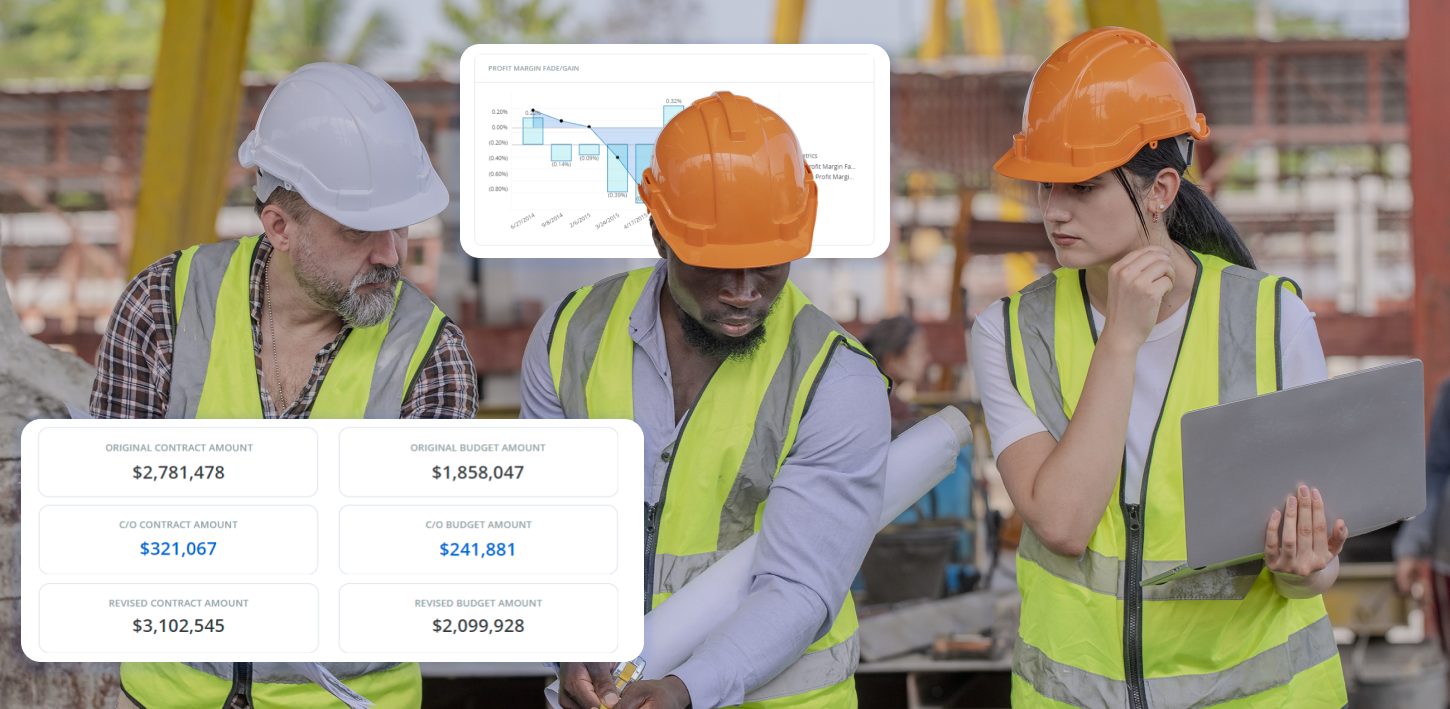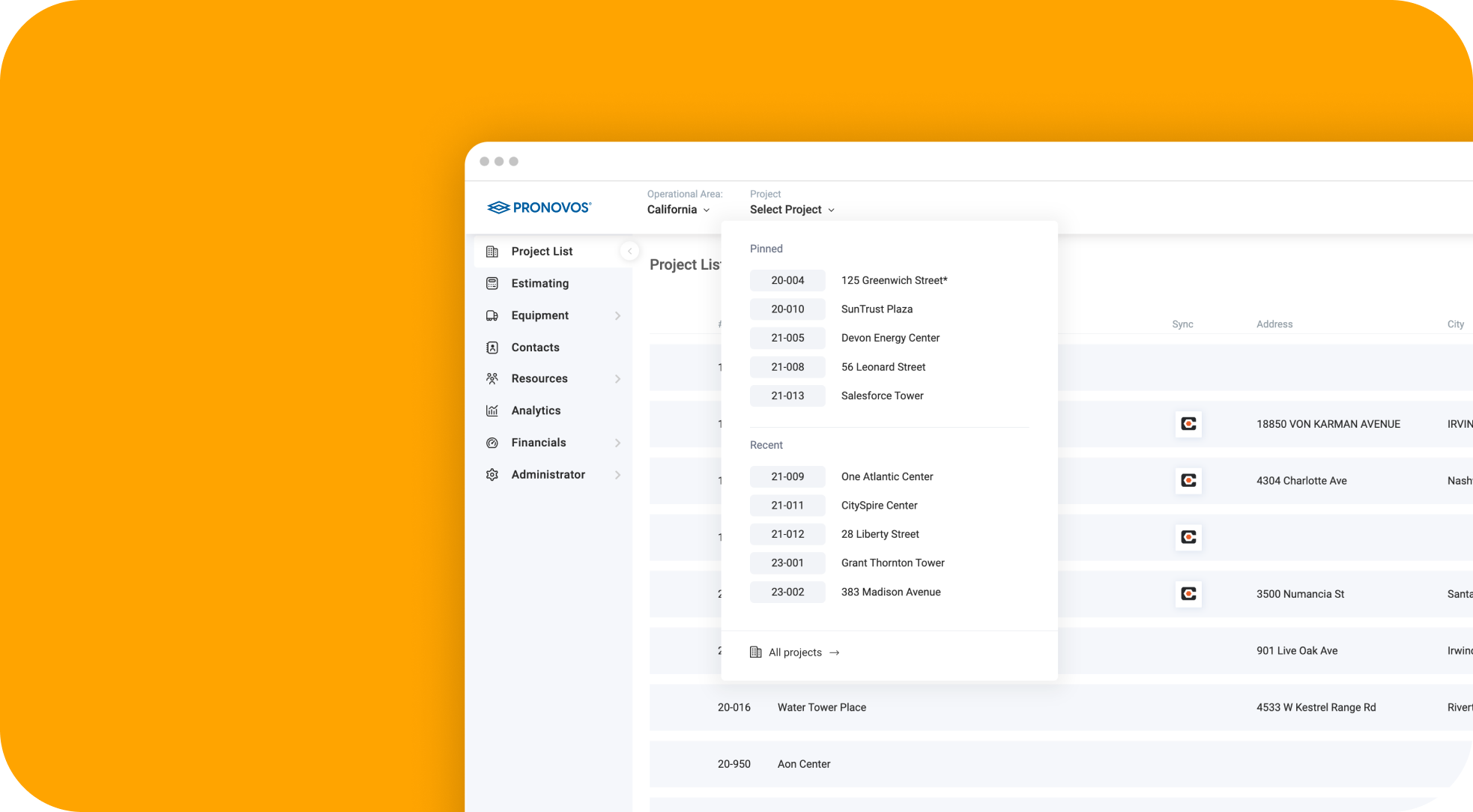For construction project managers, retention isn’t just a contractual term – it’s a significant financial consideration that impacts the project’s cash flow and completion. Retention, in construction, refers to a portion of the payment that clients or developers withhold until project completion or until specific milestones are reached. While it serves as a safeguard for clients, understanding retention is crucial to effectively managing cash flows, contracts, and client relationships.
Published November 21, 2023 . 3 mins read
Understanding Retention in Construction
Business

What is Retention in Construction?
Retention, also referred to as “retainage,” represents a percentage of the total contract value, which can typically range from 5%-10%, which the client retains. Its release is contingent upon the fulfillment of certain conditions or milestones. Typically retention being released is contingent on performance and is held until the end of the project to ensure the contractor completes the project in alignment with the contract’s stipulations.
Many view retention as an archaic concept which you can argue that it is, it was first used in the United Kingdom back in the 1840s to ensure project completion and protect from poor workmanship. Back then railway companies would withhold a minimum of 20% of contractors’ payments compared to the 5%-10% we see today. This practice creates a financial headache for project participants on the lower end of the payment chain, primarily subcontractors. The negative impact it can have on a contractor’s cash flow has prompted an international initiative to deliver zero retention by 2025. Amongst those who feel the financial squeeze are material suppliers who may experience delays in payments since it may be tied to the progress of the project and the release of retainage.
Why Project Managers Need to Understand Retention:
- Financial Planning: For contractors, cash flow is king. Project managers need to anticipate when retentions will be released to manage their financial commitments efficiently.
- Mitigating Risk: Understanding retention can help in setting clear expectations with subcontractors and suppliers, ensuring everyone is on the same page and reducing the risk of disputes.
- Navigating Contractual Obligations: Contracts differ in their clauses regarding retention. A clear understanding is vital to ensure compliance and a timely release of retention.
Best Practices for Managing Retainage:
- Negotiate Clearly: While standard contracts may have predefined retention terms, there’s often room for negotiation. Whether it’s the percentage, the release timeline, or alternative arrangements, clear negotiation upfront can prevent misunderstandings later.
- Maintain Open Communication: Engage with the client to regularly check on the status of retention amounts. This transparency can foster trust and help in timely release.
- Document Everything: Documentation of project milestones, quality checks, and any identified defects is vital. Proper documentation can expedite the release of retention amounts and provide evidence if disputes arise.
- Keep a Close Eye on Cash Flow: Accurate financial forecasting is crucial, encompassing projections of income, expenses, and the timing of retainage releases. Regular and detailed cash flow monitoring is essential to identify potential issues early on, involving tracking incoming payments, outgoing expenses, and overall liquidity.
Cash Flow Strategy Tips:
- Prepare Forecasts
- Front Load Billings
- Eliminate or Reduce Retainage
- Stay on Top of Receivables
- Work with Vendors & Suppliers
- Managing Change Orders

In conclusion, while retention in construction serves as an assurance for clients, it’s equally significant for contractors from a financial and operational standpoint. As a construction project manager, understanding, anticipating, and effectively managing retention can mean the difference between a project that’s financially successful and one that faces unnecessary hurdles. Through proactive management and open communication, both contractors and clients can ensure a win-win outcome.

 Watch Mastering Construction Cash Flow: Strategies for Financial Success
Watch Mastering Construction Cash Flow: Strategies for Financial Success

